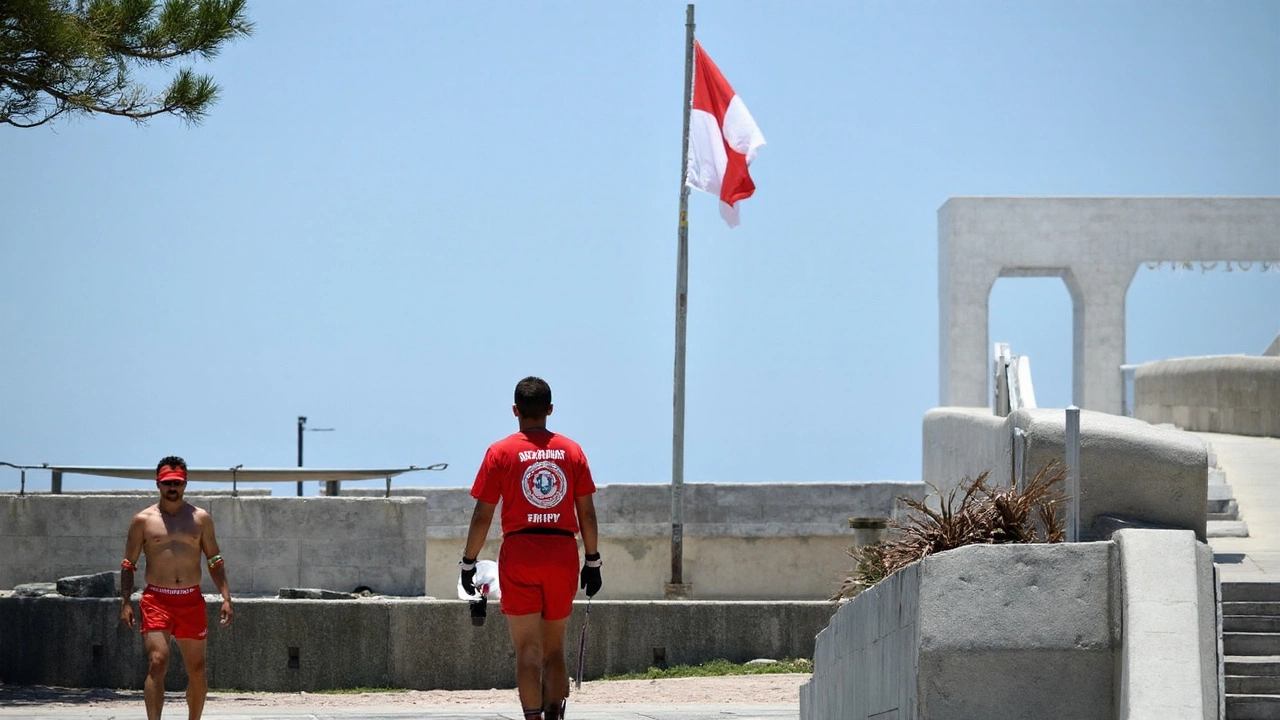Kamchatka's M8.8 Quake Rattles Pacific and Spurs Tsunami Alerts
If you thought the planet had calmed down since Japan's devastating 2011 earthquake, think again. On July 29, 2025, a massive Kamchatka earthquake shook Russia's far eastern frontier, sending out shockwaves that stirred memories of the worst disasters in recent history. At precisely 23:24:52 UTC, seismographs lit up across the globe: a magnitude 8.8 megathrust quake had erupted 119 kilometers east-southeast of Petropavlovsk-Kamchatsky, deep under the Pacific Ocean's subduction zone.
This part of the world isn’t new to shaking ground, but an 8.8? That’s rare. In fact, it’s the sixth strongest quake ever measured, sitting shoulder-to-shoulder with the infamous 2010 Chile and 1906 Ecuador-Colombia upheavals. The Pacific Ring of Fire is famous for its drama—today, it reminded everyone why.
The quake happened on a shallow reverse fault, a textbook spot where giant tectonic plates grind and slip past each other. While Kamchatka Krai and Sakhalin Oblast are used to the earth moving, this time was different. Buildings rattled hard, power flickered, and windows shattered under the stress. First responders treated dozens for cuts and bruises, mostly from falling debris, but the real emergencies came closer to the coast. Residents scrambled uphill as tsunami sirens wailed. In some villages, waves crashed as high as one meter—a powerful reminder of what these quakes can unleash, even when they strike far offshore.
Japan got a taste too. Across Hokkaido, tremors set off warning systems, registering a Shindo 2 on the Japanese intensity scale. People in risk zones grabbed essentials and moved to higher ground, mindful of the lessons from the 2011 tsunami. Thankfully, this time, most communities reported only minor flooding and no widespread destruction.
Economic Impact and Ongoing Uncertainty
The US Geological Survey weighed in quickly with early loss estimates, putting possible damage between $10 million and $100 million—a hefty number, but less than what could have happened in a densely populated area. Kamchatka isn’t packed with high-rise cities, which helped keep casualty forecasts lower. Still, a 44% chance of fatalities ranging from 10 to 100 kept nerves on edge among both locals and emergency teams. Nearby industries, including fishing fleets and energy operations, paused as experts checked infrastructure for hidden damage.
The story isn’t over. Aftershocks—so common after big quakes—have rolled through the region, though none have matched the original shock’s power. Teams from Russia’s Ministry of Emergency Situations, along with international agencies, are tracking fault lines and watching for any new slips that could rattle the region again. Locals have grown used to living atop some of the world’s most active crust, but each quake is a harsh reminder of how quickly things can change underfoot.
Geologists say the event shows just how restless the Pacific really is. Subduction zones like the one off Kamchatka aren’t going quiet any time soon. And anyone living along the world’s biggest ocean needs to stay ready for the unknown, because the Ring of Fire has a habit of stealing the spotlight when we least expect it.
